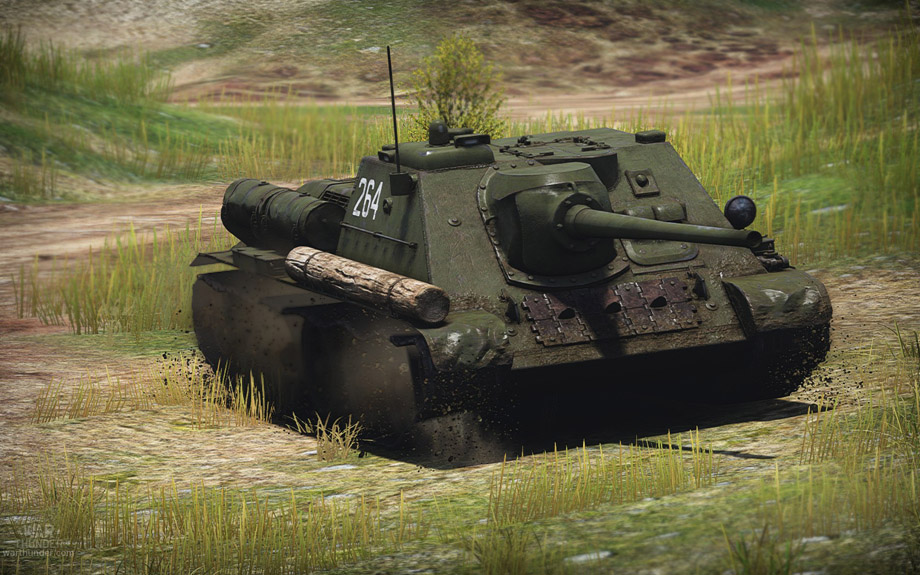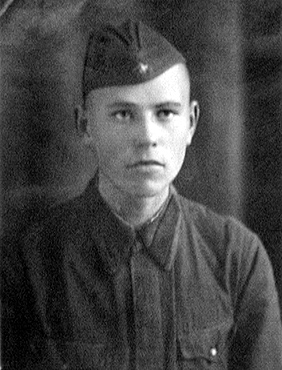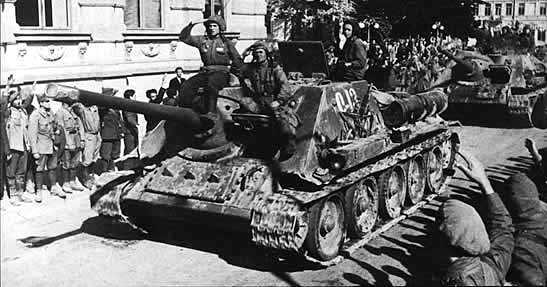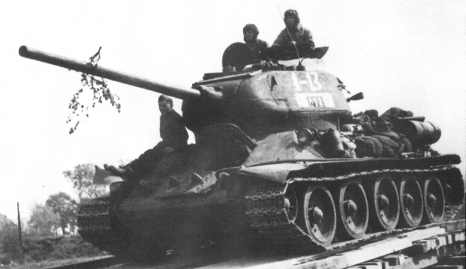
- For PC
- For MAC
- For Linux
- OS: Windows 10 (64 bit)
- Processor: Dual-Core 2.2 GHz
- Memory: 4GB
- Video Card: DirectX 11 level video card: AMD Radeon 77XX / NVIDIA GeForce GTX 660. The minimum supported resolution for the game is 720p.
- Network: Broadband Internet connection
- Hard Drive: 23.1 GB (Minimal client)
- OS: Windows 10/11 (64 bit)
- Processor: Intel Core i5 or Ryzen 5 3600 and better
- Memory: 16 GB and more
- Video Card: DirectX 11 level video card or higher and drivers: Nvidia GeForce 1060 and higher, Radeon RX 570 and higher
- Network: Broadband Internet connection
- Hard Drive: 75.9 GB (Full client)
- OS: Mac OS Big Sur 11.0 or newer
- Processor: Core i5, minimum 2.2GHz (Intel Xeon is not supported)
- Memory: 6 GB
- Video Card: Intel Iris Pro 5200 (Mac), or analog from AMD/Nvidia for Mac. Minimum supported resolution for the game is 720p with Metal support.
- Network: Broadband Internet connection
- Hard Drive: 22.1 GB (Minimal client)
- OS: Mac OS Big Sur 11.0 or newer
- Processor: Core i7 (Intel Xeon is not supported)
- Memory: 8 GB
- Video Card: Radeon Vega II or higher with Metal support.
- Network: Broadband Internet connection
- Hard Drive: 62.2 GB (Full client)
- OS: Most modern 64bit Linux distributions
- Processor: Dual-Core 2.4 GHz
- Memory: 4 GB
- Video Card: NVIDIA 660 with latest proprietary drivers (not older than 6 months) / similar AMD with latest proprietary drivers (not older than 6 months; the minimum supported resolution for the game is 720p) with Vulkan support.
- Network: Broadband Internet connection
- Hard Drive: 22.1 GB (Minimal client)
- OS: Ubuntu 20.04 64bit
- Processor: Intel Core i7
- Memory: 16 GB
- Video Card: NVIDIA 1060 with latest proprietary drivers (not older than 6 months) / similar AMD (Radeon RX 570) with latest proprietary drivers (not older than 6 months) with Vulkan support.
- Network: Broadband Internet connection
- Hard Drive: 62.2 GB (Full client)

SU-85 Tank Destroyer
Vasily Semenovich Krysov was born on 31st of December 1922 in the village of Krysov in the Kirov area. He attended Istoben high school, where he graduated in 1941. The day after, on the 22nd June 1941, German troops traversed the western Soviet border and launched an all-out invasion, known as Operation Barbarossa. Krysov, along with his friends, found out about it on the same day and immediately after that, all male students from Krysov’s class (including Krysov himself) went to the enlistment office to be recruited as volunteers. Soon after, a group of thirty young men were sent into Chelyabinsk Higher Tank Commander School to be trained as tank commanders. Krysov passed his officer exams on the 20th June 1942 and was promoted to the rank of lieutenant. He was assigned as a tank commander of a KV-1S heavy tank.
 |
| Vasily Semyonovich Krysov |
Krysov then departed for the south-eastern front to join in with the defence of Stalingrad. He arrived there in July 1942, and was assigned to 158th Separate Heavy Tank Brigade. Krysov’s first combat occurred on 27th July 1942, where his tank platoon was tasked to support infantry in an attempt to retake Hill 174.9 – a heavily fortified German outpost. Soon, they came under fire from well-concealed towed anti-tank guns. One shell struck Krysov’s tank and set one of external spare fuel tanks on fire. Krysov’s crew mechanic leaned out of the hatch with a fire extinguisher and quickly extinguished the flames, Krysov’s tank managed to close the distance and simply crush the German gun under it’s tracks.
During winter of 1942, Krysov participated in the defence of the Soviet encirclement, his platoon holding the line on the eastern bank of the Aksai river. After several days of fierce fighting and running out of ammo, Krysov was ordered to retreat, along with rest of brigade., but when his tank attempted to pull back, they stumbled right into German armour. Krysov‘s KV-1S was hit in the engine compartment and was set on fire, forcing his crew to hastily bail out. Luckily, their escape from the burning vehicle went unnoticed by passing Germans and Krysov and his men were able to return to friendly lines on foot. Krysov was injured during the escape and had to be hospitalized.
Shortly after his recovery, Krysov was send to Sverdlovsk, where he received a new assignment – to command a platoon of SU-122 self-propelled guns as part of the newly established 1454th Self Propelled Artillery Regiment. After retraining to this type of vehicle, Krysov’s regiment was assigned to the 48th Army. Krysov then led his crew through massive tank battles at Kursk and after a period of rest, his next assignment was the Chernigov-Pripyat offensive in southern Ukraine. During this operation, on 27th August 1943, Krysov performed a courageous feat, when his SU-122 was the first to storm the village of Pasadka, where he destroyed one towed gun, six carts loaded with supplies and two vehicles and routed troops as well. For his bravery, he was awarded the Order of the Red Star on the 14th September.
 |
| SU-85 |
At that time, Krysov and his crew received a new vehicle – the SU-85 tank destroyer. With the new machines, Krysov’s unit, now part of 1st Ukrainian Front, participated in battle for Kiev and surrounding areas. During fierce urban combat, Krysov was scanning from his hatch, when suddenly, an expertly thrown German hand grenade hit him on the head. Luckily, instead of falling into the crew compartment, the grenade only knocked off Krysov’s helmet, bounced away and harmlessly exploded next to the vehicle.
On the 20th November 1943, Krysov’s most famous day came. 1454th Self Propelled Artillery Regiment was holding positions around the city of Brusilov, with Krysov commanding two SU-85’s waiting patiently hidden in woods around Morozovka village. At dawn, the Germans performed a sudden counterattack on Morozovka with 20 tanks and large numbers of infantry. Krysov’s SU-85 raced to flank the German tank formation and then opened fire. During 10 minutes, Krysov’s vehicle was able to knock out eight enemy tanks. The Rest of the German tanks retreated. For this, Krysov was not awarded, but his family received 4000 rubles as a reward – 500 rubles for each destroyed tank.
On the 31st December, the day Krysov turned 21, his SU-85 was destroyed and Krysov’s leg and shoulder were severely wounded. He woke up in field hospital in Kiev and after some negotiating with doctors, he left the hospital and was sent to Sverdlovsk, where he joined 1435th Self-Propelled Artillery Regiment. Krysov was appointed as commander of 1st Platoon and on 30th March 1944, he returned to active duty and joined battles in the Kovel area.
 |
| T-34-85 Tank |
During the summer of 1944, the 1st Belorussian Front advanced towards Soviet borders during Operation Bagration. Krysov’s regiment successfully crossed the river Bug and advanced, with other Soviet forces, into Poland. On the 29th of June, Krysov’s SU-85 was hit and burned out. Krysov lost consciousness, but to his luck, he was carried away by his comrades and woke up in hospital with a broken jaw and a burnt face. He returned to active duty in October 1944, assigned to 1345th Self-Propelled Artillery Regiment Reserve Command, part of the 3rd Belarussian Front, where Krysov took command of 3rd battery, equipped by SU-85’s. Krysov’s regiment was then kept in defence until January 1945. On the 13th January 1945, the East Prussian Offensive, aimed at the German fortress city of Königsberg (present Kaliningrad) was launched. Krysov participated in the first few days, but after month of waiting, Krysov’s regiment was redesignated to 1435th Independent Tank Battalion and Krysov, along with whole regiment, was retrained to the newly supplied T-34-85 medium tanks. Krysov’s first combat as tank commander of this vehicle occurred on the 5th of April 1945, during which, Krysov managed to get his first kill in a T-34 tank, after his gunner dispatched one German tank.
On the 9th of April 1945, Königsberg was captured and the last German defenders surrendered. Krysov’s regiment was posted to the Baltic sea coast. His last combat happened on the 7th of May 1945, where he helped to capture the city of Raushen. The day after, the war ended. His final tally was 19 tanks destroyed, including 8 Tigers and one Panther. His vehicle was destroyed two times and he was injured twice. His decorations included the Order of the Patriotic War (both 1st and 2nd degree), three Orders of the Red Star and more than 20 medals, including “For the defense of Stalingrad”,” For Military Merit”.
After the war, Krysov was posted to staff positions. In 1958, he graduated on Iosif Stalin’s Military Academy of Armoured and Mechanized Forces in Moscow, was promoted to lieutenant colonel, but after three years, he retired due to health issues. His son, Grigory, also chose the career of a tanker, and graduated at Chelyabinsk Higher Tank Command School – the same school as his father.
Today, 91 years old Krysov still continues to write. In 2007, he published the book „Battery, fire!“: It was based around self-propelled guns against “Tigers“ and on August 2010, his memoirs was published under the name “Panzer Destroyer: Memoirs of a Red Army Tank Commander“.
Author: Jan “RayPall” Kozák



